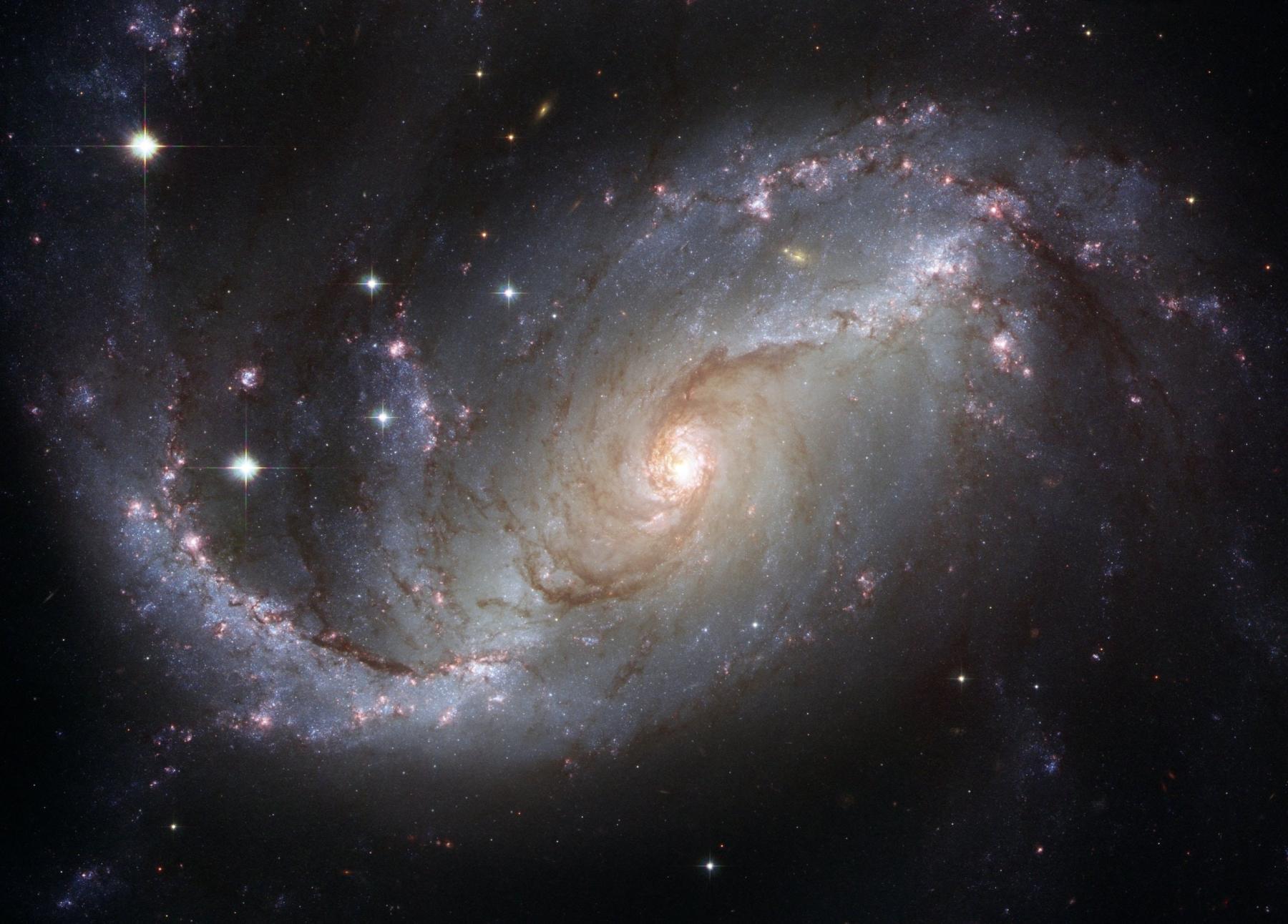
How Much Space?
by Hannah McKolay
I use this lesson as a fun activity to visualize unit conversions and the immense scale of the universe. I love this lesson because I find it challenging to teach unit conversions with hands-on applications (other than standard measurement activities, of course!). It also allows us to get outside, which I try to do as much as possible!
Lesson Plan Link/URL
https://docs.google.com/presentation/d/1mCEAev0NXVvNnO9PH_8kfKX44tj5gX2I/edit?u…Subject Area
Earth and Space Science E2: Earth & the Universe Technology 3. Knowledge Constructor 5. Computational Thinker Mathematics Operations and Algebraic Thinking (OA) Measurement and Data (MD) Ratio and Proportion (RP) English Language Arts (ELA) Reading (Informational Text)
Featured
Off
Related Content

Grades:
7th Grade, 8th Grade, 9th Grade, 10th Grade, 11th Grade, 12th Grade
Students will combine science and art by using an alternative photographic process called cyanotypes or sun prints. After a short introduction to the history of cyanotypes and the process of creating

Grades:
7th Grade, 8th Grade, 9th Grade, 10th Grade, 11th Grade, 12th Grade
Teachers will be introduced to the VEX V5 Robotic Platform. We will start with an Introduction to robotics and how robotics is used in industry. Students will understand the key resources they will be

Grades:
8th Grade, 9th Grade, 10th Grade, 11th Grade, 12th Grade
Students learn about the chemistry that exists in some of the world's oldest surviving paintings. This lesson is the final part of a 3 part painting series, and focuses on binding agents in paint